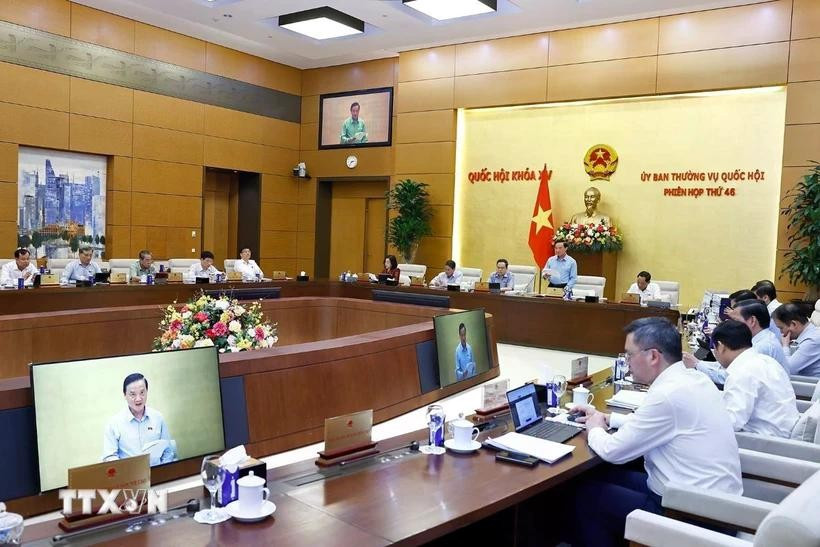
On the afternoon of June 5, the National Assembly Standing Committee gave opinions on the Project on the arrangement of provincial-level administrative units in 2025; and reviewed and approved in principle the resolutions on the arrangement of commune-level administrative units in 2025. With 100% of the members present in agreement, the National Assembly Standing Committee approved in principle the resolution on the arrangement of commune-level administrative units.
After the National Assembly decides to establish provinces and centrally-run cities and passes the Law on Organization of Local Government, the National Assembly Chairman will sign and issue resolutions of the National Assembly Standing Committee on the arrangement of commune-level administrative units.
Surplus of 4,226 provincial public offices
Presenting the Government 's Proposal, Minister of Home Affairs Pham Thi Thanh Tra said that, strictly implementing Resolution No. 60-NQ/TW of the 11th Conference of the 13th Party Central Committee; based on the principles and regulations in Resolution No. 76/2025/UBTVQH15 of the National Assembly Standing Committee, on the basis of the current situation and development orientation of 63 provinces and cities nationwide, the Government has developed 23 arrangement plans for 52 provincial-level administrative units to form 23 new provincial-level administrative units.
After the reorganization, the country has 34 provincial-level administrative units, including 6 centrally-run cities and 28 provinces. “All 23/23 provincial-level administrative units formed after the reorganization have met the standard orientation of provincial-level administrative units as prescribed in Article 4 of Resolution No. 76,” the Minister affirmed.
According to the synthesis from localities, after reviewing and agreeing on the calculation of data according to the opinion of the Committee on Law and Justice, the total number of cadres, civil servants and public employees according to the assigned norms of provincial agencies, organizations and units in 52 provinces and cities implementing the arrangement is 447,657 people (including 2,321 cadres, 79,118 civil servants, 366,218 public employees).
After the provincial-level local government comes into operation, the Government will direct the Ministry of Home Affairs to coordinate with the Central Organizing Committee, provincial and municipal Party Committees directly under the Central Government and relevant agencies based on the population size, natural area, functions, tasks and powers of the provincial-level local government to develop job positions and submit them to competent authorities to assign the staffing of cadres, civil servants and public employees to localities.
Reduce 6,714 commune-level administrative units
Also according to Minister Pham Thi Thanh Tra, out of the total 10,035 commune-level administrative units nationwide, 9,907 units will be reorganized and 128 units will not be reorganized (remain the same) because they have met both standards on natural area and population size or have special factors (isolated location) according to the provisions of Resolution No. 76.
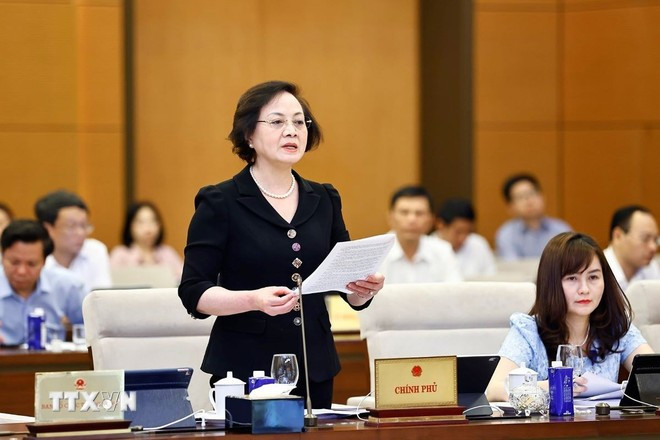
Provinces and cities have developed 3,193 plans to arrange 9,907 commune-level administrative units to form 3,193 new commune-level administrative units (2,498 communes, 682 wards and 13 special zones), reducing 6,714 units.
As a result of implementing the arrangement of commune-level administrative units in 2025, the whole country will have 3,321 commune-level administrative units (2,621 communes, 687 wards and 13 special zones), a decrease of 6,714 units (a reduction rate of 66.91%).
Of the 3,193 newly formed commune-level administrative units after the rearrangement, 3,036 units after the rearrangement ensured the standard orientation prescribed in Resolution No. 76 (reaching a rate of 95.08%), 157 units did not meet the standard orientation but could not be further rearranged with adjacent commune-level administrative units (accounting for a rate of 4.92%).
In the Project, localities clearly explained the reasons, the Government agreed and proposed to apply the provisions in Clause 3, Article 5 of Resolution No. 76/2025/UBTVQH15.
The arrangement and consolidation of agencies, organizations and units after the arrangement of commune-level administrative units must ensure the principle of unity and be associated with the arrangement of Party organizations, the Fatherland Front and socio-political organizations at the same level according to the guidance of competent authorities.
Regarding the plan for arranging and assigning cadres, civil servants, public employees, and workers after the reorganization of commune-level administrative units, the Minister of Home Affairs said that the current district-level payroll will be basically transferred to arrange and assign the payroll to the new commune-level administrative units after the reorganization; the current team of leaders and managers of the district-level political system will be studied to basically arrange them as core staff in the new commune-level administrative units. At the same time, a number of provincial-level cadres, civil servants, and public employees will be assigned to the commune level. The activities of non-professional workers at the commune level will be terminated and the regimes and policies will be resolved according to the Government's regulations.
157 commune-level administrative units have not yet ensured the standard orientation according to regulations.
Reviewing the Government's Reports and Projects on the arrangement of provincial and commune-level administrative units in 2025, Chairman of the Law and Justice Committee Hoang Thanh Tung said that the Government's Projects were prepared very urgently, completed ahead of schedule compared to requirements, with complete dossier components and in accordance with prescribed procedures.
"Through review, the plans for arranging provincial-level administrative units proposed by the Government have closely followed and ensured compliance with the instructions and orientations of competent authorities. All 23 provincial-level administrative units formed after the arrangement have ensured the standards on natural area and population size according to regulations," said Mr. Tung.
The Law and Justice Committee recommends that it is necessary to carefully consider determining the provincial-level administrative units formed after the rearrangement to be applied the assessment criteria as mountainous provinces, highland areas according to the province's name is kept, because according to the current instructions and application of criteria to determine mountainous and highland administrative units, a mountainous province is a province with 2/3 of its districts being mountainous districts.
Therefore, when merging provinces including mountainous and highland provinces, it is recommended to base on the above criteria to determine whether the province formed after the arrangement is a mountainous or highland province or not to apply appropriate assessment criteria for administrative units and serve as a basis for continuing to implement regimes and policies for mountainous and highland provinces while there are no new regulations and classifications on this content.

Regarding the Projects on the arrangement of commune-level administrative units, Mr. Hoang Thanh Tung said that, out of 3,193 commune-level administrative units formed after the arrangement, 3,036 units (accounting for 95.08%) have ensured the standard orientation according to regulations, in which the majority of units are formed on the basis of merging 3 or more commune-level administrative units (accounting for 65.44% of the total number of plans), so there is no need to consider the orientation on standards.
However, there are plans that, although 3 or more administrative units have been arranged, still form administrative units that do not meet 100% of the standard orientations in terms of both natural area and population size.
For 157 units formed after the reorganization that have not ensured the standard orientation according to regulations, the Government has explained in detail most of them, with sufficient basis to submit to the National Assembly Standing Committee for consideration and decision according to the provisions of Clause 3, Article 5 of Resolution No. 76. Only a few projects have not clearly explained the reasons (Tuyen Quang, Quang Ngai, Dong Thap provinces, Ho Chi Minh City, Ninh Binh).
Besides, there are some arrangement plans that are not really reasonable but the Project does not have any explanation or there is no consensus between different localities in arranging communes and wards to form wards or communes (plans of Ha Tinh province, Ho Chi Minh City).
At the review meeting, the Government explained and provided additional information on these cases. The Committee on Law and Justice basically agreed with the Government's explanation. The Committee on Law and Justice requested the Government to provide additional information. The Committee on Law and Justice requested the Government to provide additional information on the policy of developing a National Assembly Resolution on piloting specific mechanisms and policies for the development of Van Don Special Economic Zone, Quang Ninh province, clarifying whether the implementation of this policy will affect the current plan to arrange commune-level administrative units in Quang Ninh province or not in order to have an appropriate handling plan.
Appreciating the preparation and urgent work in the spirit of running and lining up by the Government, the Ministry of Home Affairs, and the Committee on Law and Justice, National Assembly Chairman Tran Thanh Man said that the amount of work completed was very large. Localities were very interested and proactive in arranging administrative units.
National Assembly Chairman Tran Thanh Man noted that the resolution of the National Assembly Standing Committee on the arrangement of commune-level administrative units must be concise, clear, ensure legality, and comply with Party and State regulations.
The Ministry of Home Affairs and the Committee on Law and Justice continue to review the names of administrative units and parameters when the resolution is issued to ensure accuracy, accuracy, and correctness, and to be implemented according to the roadmap set forth by the Central Steering Committee; continue to create consensus among the people.
According to VNA/Vietnam+
Source: https://baogialai.com.vn/uy-ban-thuong-vu-quoc-hoi-ca-nuoc-con-3321-don-vi-hanh-chinh-cap-xa-post326721.html






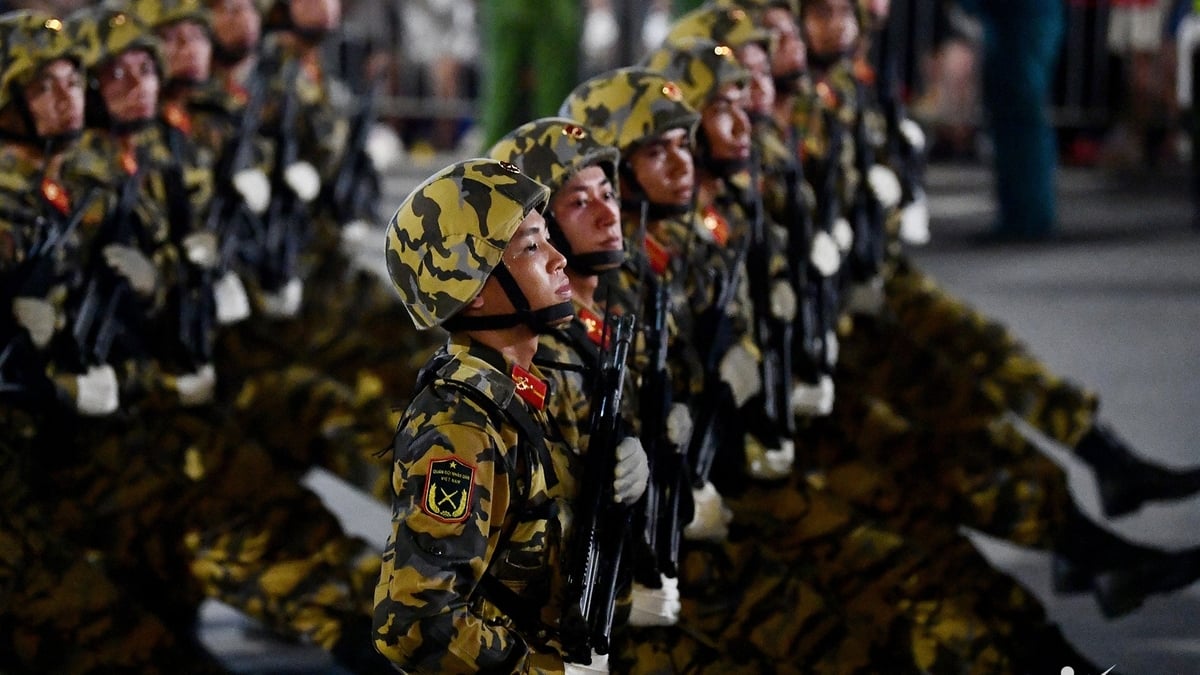

![[Photo] Images of the State-level preliminary rehearsal of the military parade at Ba Dinh Square](https://vphoto.vietnam.vn/thumb/1200x675/vietnam/resource/IMAGE/2025/8/27/807e4479c81f408ca16b916ba381b667)
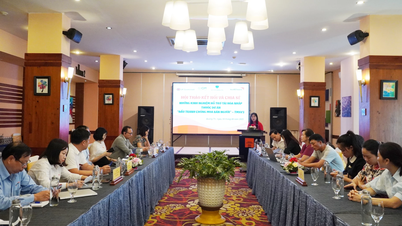







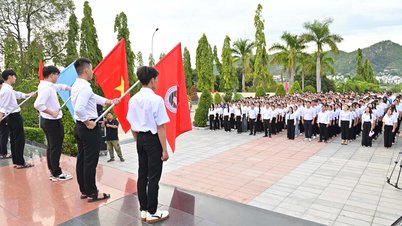













![[Photo] Parade blocks pass through Hang Khay-Trang Tien during the preliminary rehearsal](https://vphoto.vietnam.vn/thumb/1200x675/vietnam/resource/IMAGE/2025/8/27/456962fff72d40269327ac1d01426969)









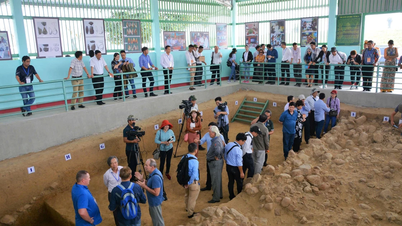


































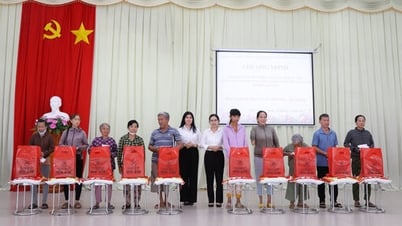

















Comment (0)